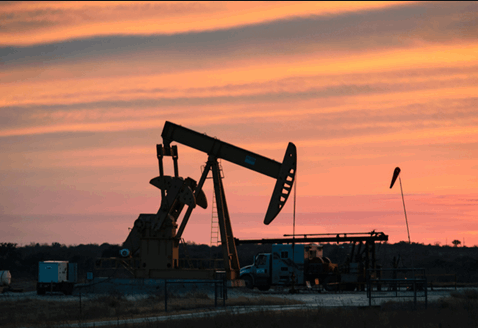
Growth in the U.S. shale industry is dramatically slowing down, with cash-strapped drillers slashing spending and scrapping rigs. At the same time, the oil majors are consolidating their position and moving forward with aggressive drilling plans.
The business model for small and medium-sized drillers has been shaky at best, and arguably unworkable since it depends on a steady diet of capital even as constant drilling fails to produce profits. But the story is not over yet. The oil majors have promised to succeed where the rest of the industry has mostly failed, using economies of scale, better technology, and larger contiguous plots of land to cut costs.
But just because the majors are pumping billions of dollars into the ground doesn’t mean that they will succeed either.
In fact, there are some signs that things are not going well for the majors. ExxonMobil recently redefined its strategy in U.S. shale, characterizing its operations as one of long-term value creation instead of the “short-cycle” cash generation, as it previously described its shale venture. Results “will take time, but we’re confident they will bear fruit,” Staale Gjervik, president of XTO Energy, a subsidiary of ExxonMobil, said at a recent industry conference.
The rephrasing may seem trivial, but it amounts to an admission that the oil major’s shale operations are taking longer than previously thought to become a financial success.
“The short-cycle investment strategy was abandoned because ExxonMobil’s unconventional Permian investments did not produce quick cash,” Tom Sanzillo and Kathy Hipple wrote in a recent commentary for the Institute for Energy Economics and Financial Analysis (IEEFA). “Massive capital expenditures have produced only meager earnings. Like its smaller counterparts, ExxonMobil is courting financial failure by following the siren call of fracking.”
The IEEFA analysts said that ExxonMobil’s upstream profits in the U.S. were “dismal” even before the arrival of CEO Darren Woods in 2017, who replaced former CEO Rex Tillerson. But profits from the company’s U.S. upstream operations have seen “only microscopic improvement” since Woods arrived.
Exxon earns billions of dollars in profits from its global operations each quarter, but almost nothing from its U.S. onshore assets, offering evidence that the company’s shale business is not offering much of a return at all. There was only one quarter in late 2017 when Exxon’s earnings from the U.S. were large, but that was the result of a one-off tax windfall due to the Trump tax cuts.
In the latest quarter, Exxon only took in $39 million from its U.S. business, despite spending $3 billion, or 39 percent of the company’s global spending, IEEFA calculated.
“Gjervik’s announcement puts ExxonMobil on the same path as other E&P companies that have produced a lot of oil and gas from fracking, but have not managed to produce much in the way of cash flow,” IEEFA analysts wrote.
Scrutiny over the lack of profits from the shale industry has only really begun to pick up in the last year or so. Stock prices began a sharp descent after the last fall in oil prices a year ago, and there has been almost no respite since. Bankruptcies accelerated in 2019 after slowing in the past two years.
Just this week another shale victim through in the towel. Approach Resources, a Texas-based shale company, filed for bankruptcy on Monday, drowning under more than $400 million in debt.
The problems go beyond individual companies, and point to larger systemic problems with the fracking business model. These issues were explored in an excellent podcast from Yahoo! Finance called Illegal Tender, which tracked the rise and fall of Aubrey McClendon and Chesapeake Energy, a story that is also illustrative of the broader U.S. shale experience.
However, despite all the financial mess, U.S. production is expected to continue to rise, albeit at a much slower pace. The EIA says the industry will add 49,000 bpd in December, breaking new record highs for U.S. oil output. However, the gains come almost entirely from the Permian. Other shale plays, notably the Eagle Ford and Anadarko, are actually contracting.
With capital markets all but closed off for struggling drillers, the cuts in spending and drilling will continue. Going forward, growth will mostly come from the majors.
Exxon said that its Permian production was up by 123,000 barrels of oil equivalent per day in the third quarter compared to the same period a year earlier. The company now produces nearly 300,000 boe/d in the Permian, and aims to produce 1 million boe/d by 2024.
But it remains to be seen if the company can actually make money from all of that oil.